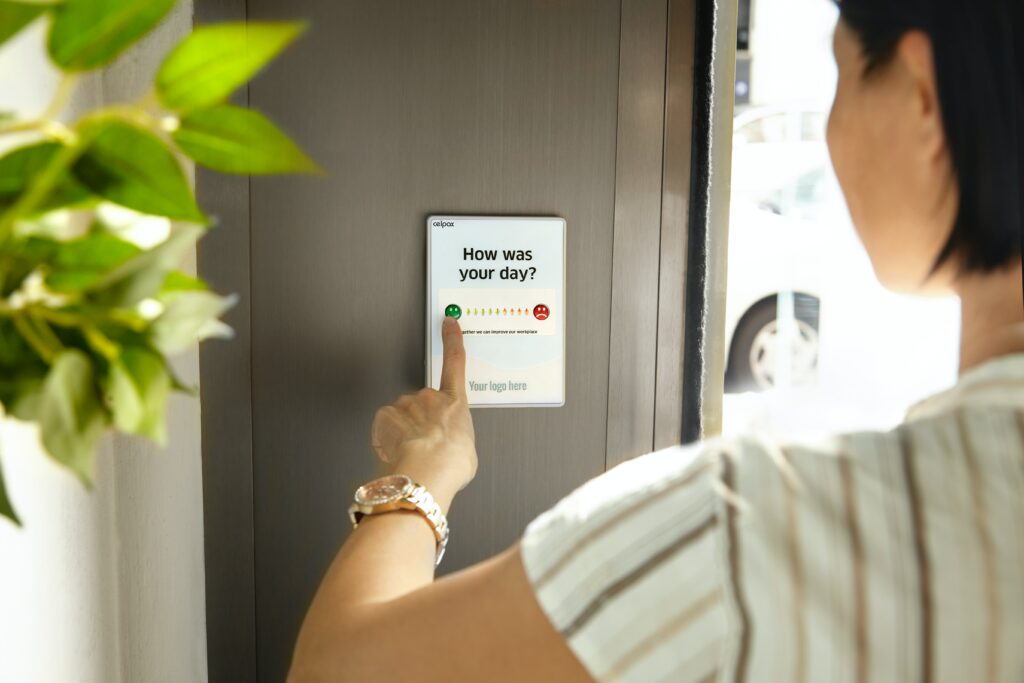Written by Tine Møller
Even though ’subscriptions’ are a very hot topic at the moment, the concept has previously suffered under strong associations with old-school newspaper subscriptions, insisting phoners, and long binding periods. However, that time is (fortunately) over, thanks to some of today’s most successful brands.
In their annual report Best Global Brand (2018), Interbrand states that the brand value of the subscription services amounts to 29% out of the total value of the world’s 100 biggest brands – compared to 18% in 2009.
For that same reason, the ‘Subscription Mindset’ is also included as one of five themes*, which characterises the best global brands, that have achieved the largest brand growth in the past five years.
“This is because traditional notions of loyalty are eroding as we live in a service-driven economy where access is more important than ownership. Brands are winning by offering the most frictionless ways to leverage their products and services based on the personalised needs of their customers. Successful brands are therefore being born with a subscription business model, or have significantly adjusted their business models to offer subscription services.” (Interbrand, 2018)
In other words, the road to growth is a question about providing your customers access with frictionless, personalised experiences. For a long time, we have heard about ‘experiences’ in different aspects: So, experiences are not revolutionising per se – but their effect and the explosive growth that follows an elegant execution of the very same is. In this context, Interbrand highlights two subscription businesses, Amazon and Netflix, as this year’s top performers in terms of brand value growth (and we won’t let this go unnoticed, of course). These companies have grown by 56% and 43% this year*, respectively, according to Interbrand’s brand valuations, which, combined, is an increase of almost 40 billion dollars in 2018 alone. Interbrand also introduces Spotify (among others) on the list of the greatest and most valuable global brands, which despite a long-standing freemium platform, has reached a brand value of $5 billion and over 83 million paying members (in addition to its 100 million freemium users).
Access, frictionless and personal?
In short, ’access’ is about offering your customers access instead of ownership. This is exactly where the entire idea of subscriptions lie. The ability to use products and services without – yes, you guessed it – owning them! In that way, you can watch over 3.000 movies and shows on Netflix, without them taking up space on the shelves and if you suddenly (for inexplicable reasons) don’t want to watch any more movies, you can (besides skipping the trip to the recycling centre) “give up your access” and unsubscribe. Under the premise “Watch Anywhere. Cancel anytime”, Netflix is breaking away from the tyranny of unfair binding subscriptions – a rising and much-appreciated trend in the subscription discipline.
Does this mean that ‘access’ only applies to streaming services? Nope.
At Adobe, which has had a 19% increase in brand value in 2018, you buy Software-as-a-Service and thus get access to their programs. At Dribe (a Danish concept), you buy access to your car (Hardware-as-a-Service) and, not the least, the flexibility of being able to switch to other car models whenever you want to – including tire changes and service whenever you need it. With Amazon Subscribe & Save, you pay a fee to get access to a 15% discount and automatically delivery on every purchase. ’Frictionless’ is, to a great extent, about creating an elegant and smooth experience through all interactions, right from signing-up and payment, to “delivery”, customer service and potentially cancellation. There is a zero-tolerance policy towards bugs, when using an app, non-mobile optimised websites or mediocre customer service, which you struggle to get through to until you pressed 2-4-2-# and waited 18 minutes. This aspect is closely linked to the fact that – as Interbrand describes it – ”we live in a service-driven economy”.
If we turn our attention to the almighty Amazon – the fastest growing brand in 2018 – and their subscription service Subscribe and Save– the most popular subscription service in 2018** – you can order all your favourite products as a subscription, with scheduled deliveries of your choice. ”Create your subscription. Sit back, relax, we will take care of the rest. Shipping is always free.” (amazon.com), whether you would like razors, coffee or sanitary towels every 2 or 6 months. Easy.
** THE MOST POPULAR SUBSCRIPTIONS IN 2018 (in terms of the number of members):
1. Amazon Subscribe & Save
2. Dollar Shave Club
3. Ipsy
4. Blue Apron
5. Birchbox
6. Sephora Play!
7. Harry’s
8. BarkBox
9. JustFab
10. HelloFresh
Source: McKinsey (and an interesting report about the subscription economy here)
’Personal’ refers to the degree of individual customisation, which the best brand experiences provide. In this context, it’s probably not entirely coincidental that some of the biggest subscription companies are among this year’s top performers. Unlike traditional companies that survive on transactions, the subscription model is built on relationships, which result in a completely different perspective on – and knowledge of – its customers. Particularly the access to data regarding customer behaviour and preferences, accumulated over a long period of time, constitute an essential building block in the subscription business, which enable the creation of products and services that are perceived to be tailored specifically to you.
In this category, there is one company that rules them all: Spotify.
With their everlasting ability to make the streaming service more and more responsive, Spotify is the perfect example on how to create a personalised experience with their own playlists as well as a personalised ‘Home’ feature, which automatically generates lists based on your habits and preferences. Personal features include Heavy Rotation, which is music you have listened to on repeat for the past month, such as; ‘More Like George Michael’, which suggests music reminiscent of what you love (I listen to a lot of George Michael – sorry, not sorry); ‘Jump Back In’, which are playlists you previously listened to; ‘New Releases For You’, which is new music from your favourite artists; and of course ‘Made for Tine’ and, of course, ‘Discover Weekly’, which lists song recommendations, customised to my taste.
My loyalty towards Spotify will last from now until forever because I love them for knowing my music taste so well. They know what I like listening to and even introduce me to new music that I enjoy ‘at first listen’ (like love at first sight!). At the same time, I hate to think about the logistical consequences of possibly having to change music streaming service and thus having to say goodbye to all of my (currently 83) playlists, which I have carefully created over the past 2.5 years. As if this was not enough, Spotify (in connection with the year that was coming to an end, back in December 2018) sent an e-mail about my personal music year (if you haven’t already listened to it, I highly recommend it!) I can see and listen to the 100 songs, I have listened to the most throughout 2018; how many hours I’ve listened to my favourite artist and how many minutes I’ve listened to music in the past year.
Spotify is without a doubt a solid example of personal experiences – and, therefore, succeed in creating a clear purpose with their use of data, which has inspired many other services through time. But that’s a completely different subject.
Storytelling is nothing without -doing
Even though ’access’, ’frictionless’ and ’personal’ are linked together inextricably, each of these requires rather focused efforts, which go far beyond the traditional Brand Director’s authority and responsibility. Storytelling is nothing without -doing and promises of ‘easy’, ‘quick’ and ‘excellent service’, must be put to the ultimate test to succeed: customer experience.
“Leading brands are driven by their desire to be useful, to create products, tools and services that actually solve customer problems, and to use their marketing to serve and not just sell”, Interbrand writes. Perhaps that is why it’s not a complete coincidence that several of this year’s fastest-growing brands are modern subscription companies, which foundations are built on customer relationships – not transactions.
* 5 THEMES THAT CHARACTERISE THE BEST GLOBAL BRANDS
• Positive Utility – actual problem-solving, where communication is used actively to create the customer experience, not just to sell the product.
• Subscription Mindset – access is more important than ownership, and strong brands are either born as subscriptions or are working determinedly to offer their products or services as subscriptions.
• Customer-Centricity – based on relevance, strong brands always collaborate with their customers to develop the brand experience.
• Learning From Luxury – talking about service; most luxury brands that are able to deliver service and experiences that go above and beyond – in every interaction (which is why both Gucci and Louis Vuitton are among this year’s top performers).
• Role of Brand – we are willing to pay more for strong brands that we know deliver on their promise; therefore, strong brands are… strong brands.
Source: Interbrand (You can find the report here)


